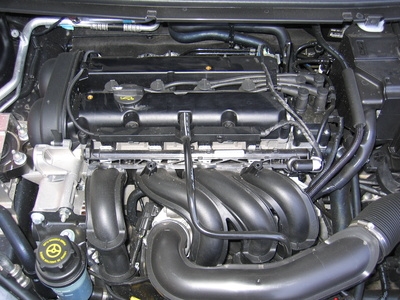
Regardless of year and model, all gasoline-powered Toyota engines require the same three things to stay running: fuel to burn, air to burn the fuel and spark to ignite the fuel mixture. A deficit in any one of these things can and will cause stalling. Stalling problems are somewhat unique, in that the affected system functions at first -- but for some reason fails after a period of time or under certain conditions. Stalling problems are typically easier to diagnose than no-start problems, where nearly any part of the engine may be damaged or involved in the malfunction.
Check the engine codes if your check engine light is illuminated. You could purchase an expensive scan tool for this task, but many chain auto parts store will do it for you for free. Go to the parts counter, tell the attendant the year and model, and they will head outside with you to check the codes. Use what information you gather from the codes to further diagnose the problem.
Check for vacuum leaks around the rubber/plastic vacuum hoses coming from the intake manifold and throttle body. A vacuum leak will manifest itself as a whistling sound, while the engine is running. If you hear such a sound, listen closely and track it to its source. Otherwise, look for cracked and split lines where they slip onto the fittings. If you believe you've found the leak, spray the suspected area with a short burst of ether starting fluid. If engine rpm suddenly rises, you've found the leak.
Check fuel system pressure. This procedure is best performed by an experienced mechanic, and involves connecting a pressure gauge to the pressure access port on your Toyota's fuel rail, fuel filter or cold-start valve. You'll need a gauge and the the correct pressure fitting, Toyota part numbers SST #09268-45012 and #09268-45013-01 (respectively) for most newer models. Follow the pressure testing procedures outlined in your repair manual at engine start-up, high rpm and after shut-down to test residual pressure. This test should tell you if you have a clogged fuel filter, malfunctioning pressure regulator, malfunctioning fuel pump or an issue in the fuel pump's speed-control circuit.
Remove your idle air control valve (IAC) and inspect it. The IAC is an electronic valve in your throttle body that regulates airflow at low and medium speeds, and allows the computer to fine-tune airflow to meet conditions. These valves often get clogged with carbon soot and varnish, and need to be cleaned from time to time. Follow repair manual procedures for removal, cleaning and re-installation. All told, this should take no more than 15 minutes and may immediately solve the problem.